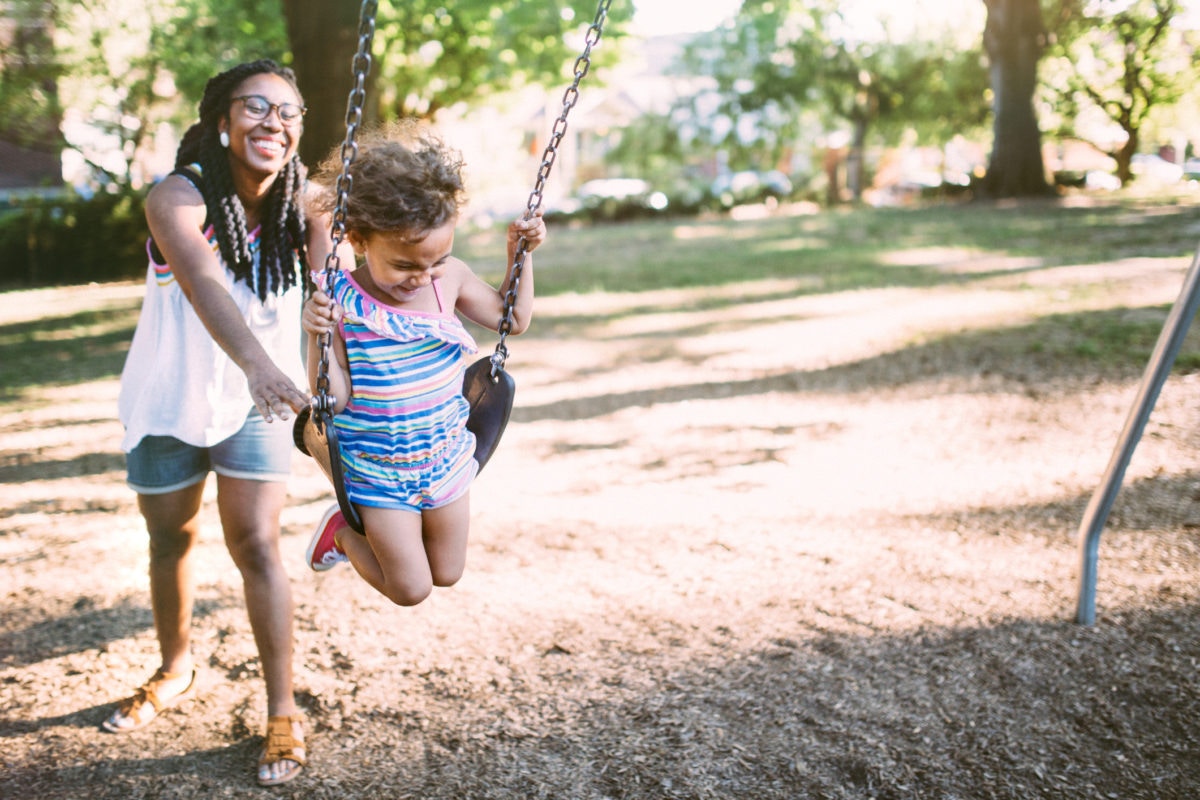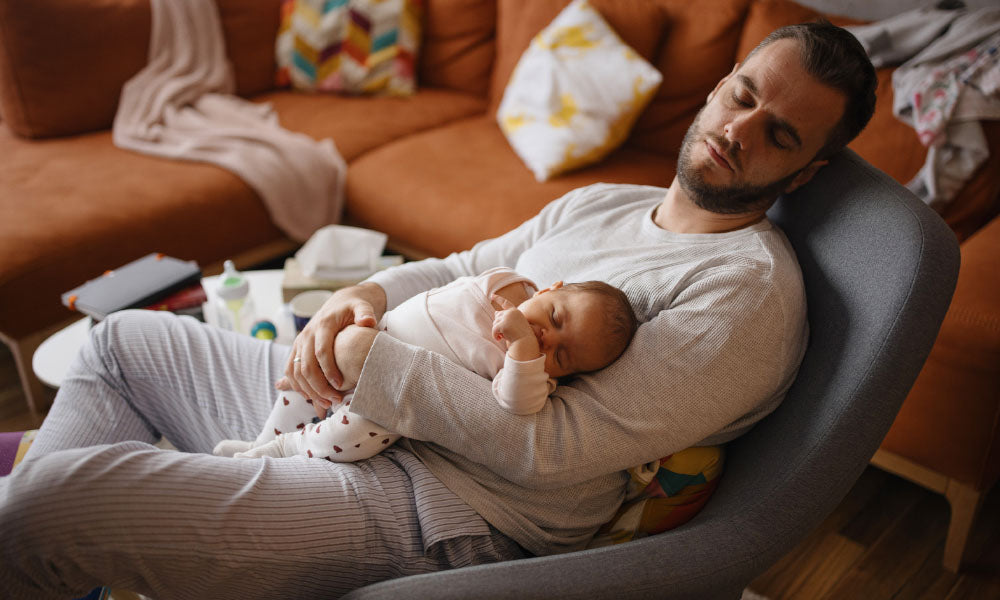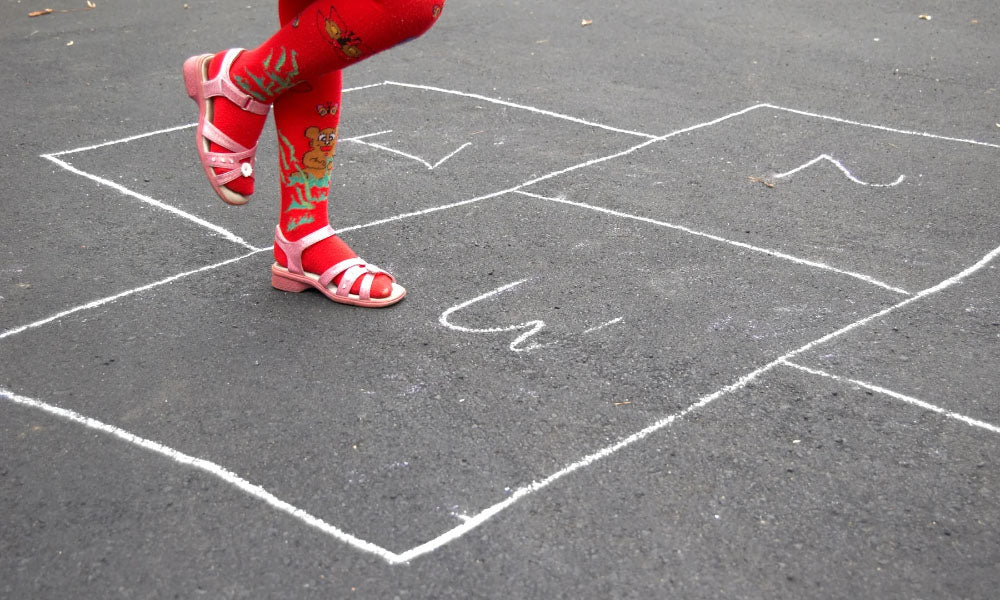It was one of those afternoons. My oldest son had fallen asleep during “rest hour,” and woken up impossibly grumpy. My youngest had not fallen asleep as long as he should have, and had also woken up on the wrong side of the toddler bed. They cried when they told us they were hungry. They cried when we offered them crackers. They cried when we left the room. They cried when we entered the room. No amount consoling, cajoling, or counseling was going to get us out of this funk.
Finally, I had enough. “Everyone, outside! Right now!” I yelled. I opened the door, grabbed one son’s shoes and practically pushed him out the door. My husband was close behind with the other one. There was more crying. “I don’t want to go on a walk!” they yelled. But after a few more protests, they slowly began to look around. We found chokecherries dangling off a branch squish. I pointed out the plums growing on another tree.
The heaving sobs slowed to shudders, and they started wandering around. We looked at daisies that had recently blossomed and ants scurrying across the sidewalk. “Okay, which way should we go?” I asked. They looked left, and right, and chose the direction of the nearest park. The heat was in the upper 90s and the air smelled faintly of wildfire smoke. But they were finally calm and the tantrums had ceased.
Many parents have found the outdoors to be a successful panacea for everything from teething toddlers to sparring siblings. But recently, even physicians are beginning to prescribe doses of nature to their patients. In Washington, D.C. a program called Parks Rx aims to make it easier for doctors to prescribe outdoor activities to their patients. A partnership with the National Park Service, the program encourages outdoor time as a way to address the chronic health issues plaguing modern society – coronary heart disease, stroke, high blood pressure, Type 2 diabetes, and mental health conditions.
The program identified 342 parks in D.C., and rated them based on cleanliness, accessibility, level of activity, amenities, and safety. Doctors were then trained to identify parks based on a patient’s location, interests, and abilities, and wrote prescriptions explaining the intensity, frequency, and duration of outside physical activity their patient needed.
Even small boosts in physical activity are meaningful in a nation that is developing increasingly sedentary habits. Kids now spend an average of six to eight hours per day in front of screens. These sedentary behaviors increase the risk of obesity, increased fat mass, and higher Body Mass Index. One survey found that less than a quarter of children in grades 4 through 12 participated in 20 minutes of vigorous physical activity or 30 minutes of any physical activity per day. By contrast, the American Academy of Pediatrics recommends children engage in 60 minutes of physical activity each day. Washington, D.C. isn’t the only city prescribing the outdoors as a way to encourage physical activity. In Philadelphia, NaturePHL provides all patients in the pilot program with information about local parks and the importance of outdoor play. For children diagnosed with obesity or attention-deficit disorder, physicians will write a more detailed park prescription complete with activities.
They also receive a referral to a “nature navigator” – a community health worker who will help the patient overcome barriers to getting outside and develop a plan to increase activity. In Vermont, doctors can even issue Park Prescriptions that give patients free entry into any Vermont State Park. Other similar programs have cropped up from South Dakota to Baltimore to Albuquerque. On April 23rd, the National Park System offered free admission for Park Rx day in order to raise awareness about the importance of the outdoors in physical and psychological wellness.
Prescribing outdoor time for inactive children might border on cheesy, but in many communities, the extra encouragement to play outdoors is key. Children and adolescents who live in poverty or are from minority groups – especially girls – are more likely to be physically inactive. Access to park space may be a determining factor. One study found that minority groups lived farther away from national park spaces, accounting in part for the lower rates of visitation from African Americans, Hispanics, Asian Americans, and Native Americans.
The same holds true for smaller parks – one survey found that non-white and low income neighborhoods were 50 percent less likely to have a recreational facility in their community than white and high income neighborhoods. With more barriers to green spaces, extra information about the best suited parks for children seems to make a difference in outdoor playtime.
An initial study of D.C.’s Parks Rx program, which focused on low-income and minority patients, found that participants increased their physical activity from 150 to 172 minutes a week, and visited parks one more a day a month than they had previously. Parents were also more likely to say that physical activity was beneficial for their children than they had before.
Generations of parents have begged their children to “go outside and play,” knowing the benefits some time in nature can provide them (not to mention the frazzled parent). But hearing this edict as doctor’s orders might add a little extra weight and help encourage a more active generation.



